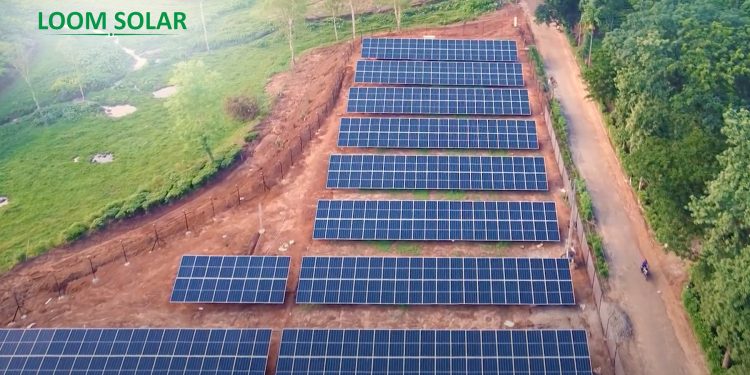Tea Gardens in the West Bengal and Assam regions are very popular. The owners of these tea gardens are looking for a reliable source of electricity. Currently, they are running their tea businesses using a combination of electricity and generators, but now they want to switch to solar energy, which offers free power generated from sunlight. However, the main question is which solar energy system will be most suitable for their needs. To adopt solar energy, they are consulting with solar panel manufacturers and nearby EPC professionals. In this solar energy guide, we’ll share our meeting experience with a tea garden owner. Let’s get started!
Understanding Basic Requirements
In our first interaction with the client, we asked basic questions such as the project location, electricity bill amount, duration of power cuts, sanctioned load, types of appliances, available installation area, and more. Generally, tea gardens cover large areas, so the electricity board provides a dedicated transmission line for each garden. The sanctioned load typically ranges from 100kVA to 1000kVA. Due to the hilly location, the power supply is average, and the installation area is generally located on flat ground. The tea garden owners want to install solar power to reduce electricity bills and generate power during outages.
Solar Solutions
The ideal solar solution for tea garden businesses is a grid-connected solar system with generator synchronization. The primary benefits of this system are reduced electricity bills and savings on diesel costs. This type of solar system, known as a ground-mounted solar solution, is installed on the ground. The main components of grid-connected solar systems are PV modules, inverters, and BoS (Balance of System) equipment. Ground-mounted solar systems typically have an installation capacity of over 100kW, making the cost of this solar system very competitive in the market.


















